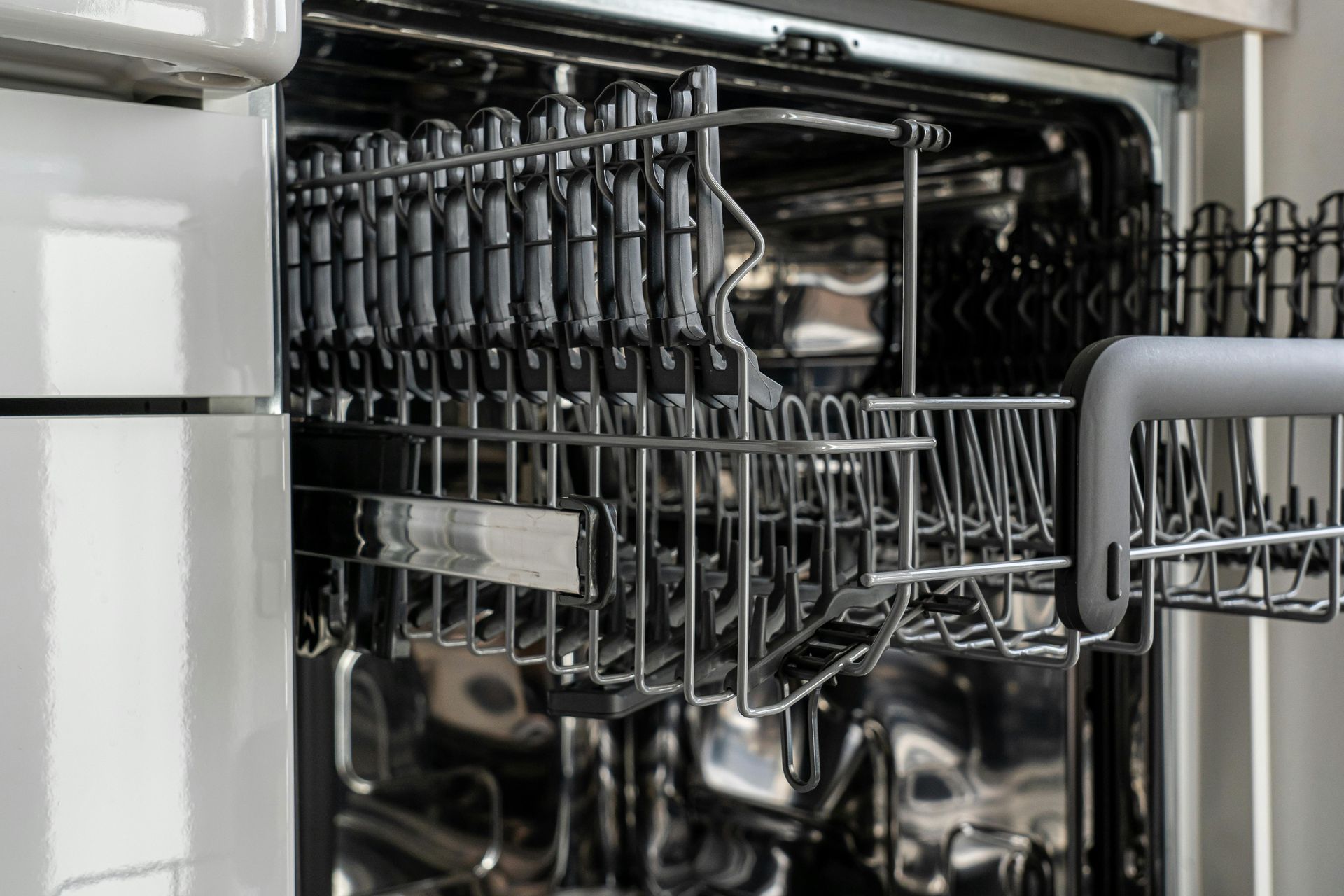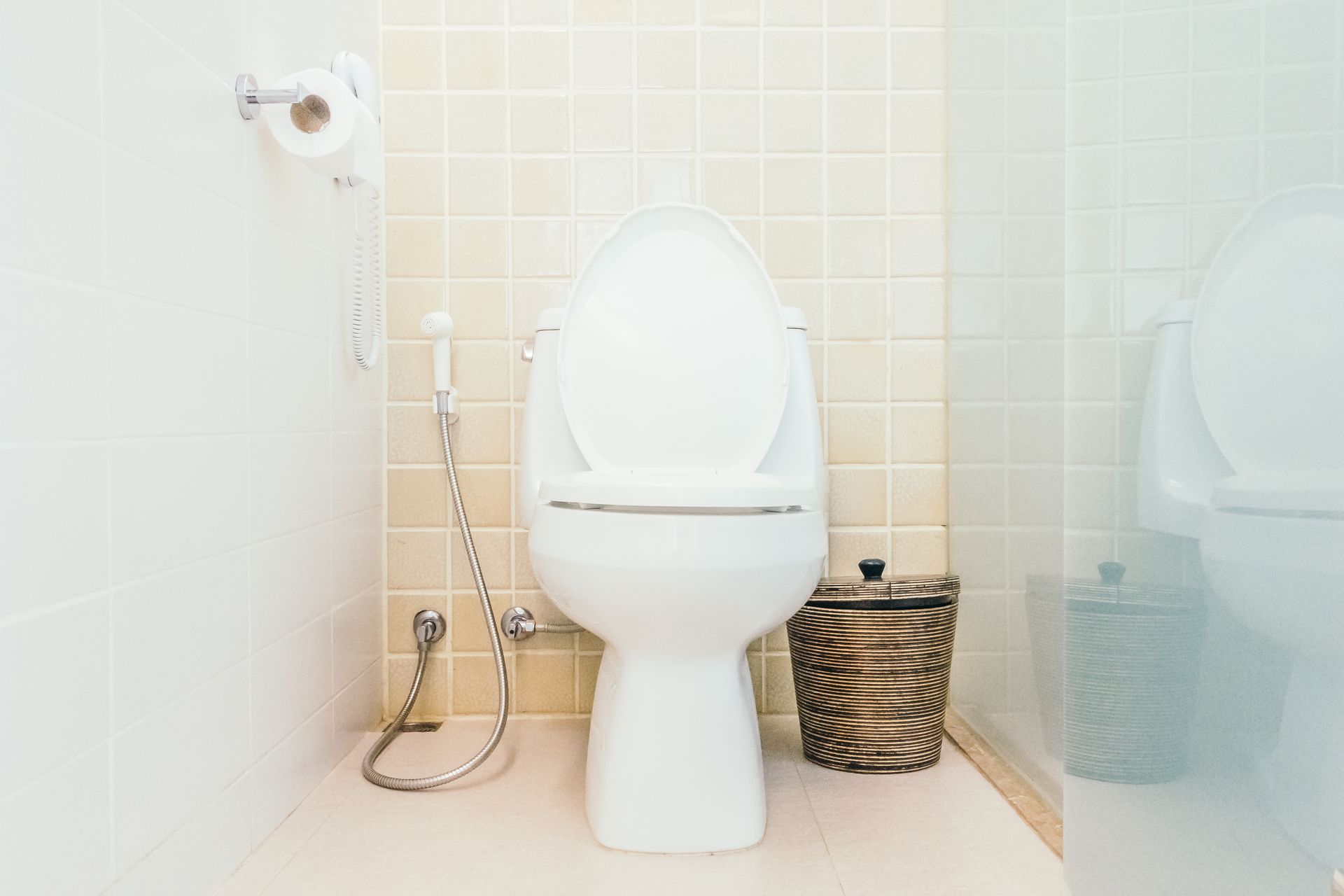How to Avoid Common Bathroom Plumbing Mistakes?
Avoiding common bathroom plumbing mistakes is essential for maintaining a safe, efficient, and long-lasting home. Even minor errors can lead to costly repairs, water damage, or the need for major interventions such as sewer line replacement. By understanding the most frequent pitfalls and following best practices, homeowners can ensure their bathroom plumbing remains reliable and trouble-free for years to come.
The Importance of Proper Planning and Professional Guidance
One of the most significant mistakes homeowners make is underestimating the complexity of bathroom plumbing. Whether you’re tackling a remodel or a simple repair, planning ahead and consulting with professionals can save you from expensive errors. For instance, improper pipe sizing or incorrect fixture placement can lead to reduced water pressure, leaks, and drainage issues. Hiring a licensed plumber ensures your project complies with local building codes and is executed to the highest standards, reducing the risk of future problems.
Avoiding Clogs and Drainage Issues
Clogs are among the most common bathroom plumbing problems, with toilets, sinks, and showers frequently affected. Many clogs result from flushing inappropriate items, such as wipes, cotton swabs, or hygiene products, down the toilet. Only human waste and toilet paper should be flushed. In showers and sinks, hair and soap scum are primary culprits. Installing drain strainers and regularly cleaning them can prevent debris buildup and keep water flowing smoothly. Avoid chemical drain cleaners, as they can corrode pipes over time; instead, opt for mechanical methods or call a professional when needed.
Preventing Leaks and Running Toilets
Leaky faucets and running toilets are not only annoying but also waste significant amounts of water. Common causes include worn-out washers, faulty flappers, or poorly adjusted floats. Regularly inspect fixtures for leaks and address them promptly. For running toilets, check the handle, flapper, and fill valve for proper function. If you’re unsure, it’s best to consult a plumber, as ignoring these issues can lead to higher water bills and potential water damage.
Proper Fixture Installation and Pipe Connections
Incorrect installation of sinks, toilets, and showers is a frequent DIY mistake that can result in leaks or water damage. Always follow manufacturer instructions and use the correct tools for each job. Overtightening connections is another common error; fittings should be snug but not excessively tight, as overtightening can crack pipes or strip threads, leading to leaks. When in doubt, hand-tighten first, then use a wrench for a final quarter turn.
Turning Off Water Before Repairs
Before starting any plumbing work, always shut off the water supply to the affected area. Forgetting this step can result in accidental flooding and significant water damage7. Most fixtures have individual shut-off valves, but for major repairs, you may need to turn off the main water line. Test valves before beginning work to ensure they function properly.
Upgrading for Efficiency and Longevity
Modernizing your bathroom plumbing can prevent problems and improve efficiency. For example, choosing to upgrade to a tankless water heater can provide endless hot water, reduce energy consumption, and extend the lifespan of your water heating system. Tankless units are more durable and require less frequent replacement than traditional tank heaters, though professional installation is recommended for optimal performance.
Sewer Line Maintenance and Replacement
Neglecting your sewer line can lead to severe backups, foul odors, and even property damage. Tree roots, grease buildup, and aging pipes are common causes of sewer line issues. Regular inspections can catch problems early, but if you experience persistent clogs, slow drains, or wet patches in your yard, you may need a sewer line replacement. This is a complex and costly process best handled by licensed professionals, but it offers a long-term solution to chronic sewer problems.
Avoiding Overloading and Misuse
Overloading fixtures or using them improperly can strain your plumbing system. For example, avoid overfilling sinks or bathtubs and never use toilets or drains to dispose of items not designed for plumbing systems. Educate all household members on proper bathroom habits to prevent unnecessary blockages and wear.
Routine Maintenance and Inspections
Consistent maintenance is key to preventing bathroom plumbing problems. Regularly check for leaks, inspect caulking and seals around fixtures, and monitor water pressure. Scheduling professional inspections every few years can help identify hidden issues before they escalate. Preventive care is far less costly than emergency repairs or major replacements.
Conclusion
Avoiding common bathroom plumbing mistakes requires a combination of vigilance, proper technique, and timely upgrades. By understanding the most frequent errors—such as improper disposal habits, overtightening connections, neglecting maintenance, and failing to plan for major interventions like sewer line replacement—you can protect your home from water damage and costly repairs. Considering efficiency upgrades, such as choosing to upgrade to a tankless water heater, further enhances your plumbing system’s performance and longevity. When in doubt, always seek the expertise of a licensed plumber to ensure your bathroom remains a safe, functional, and comfortable space for years to come.











